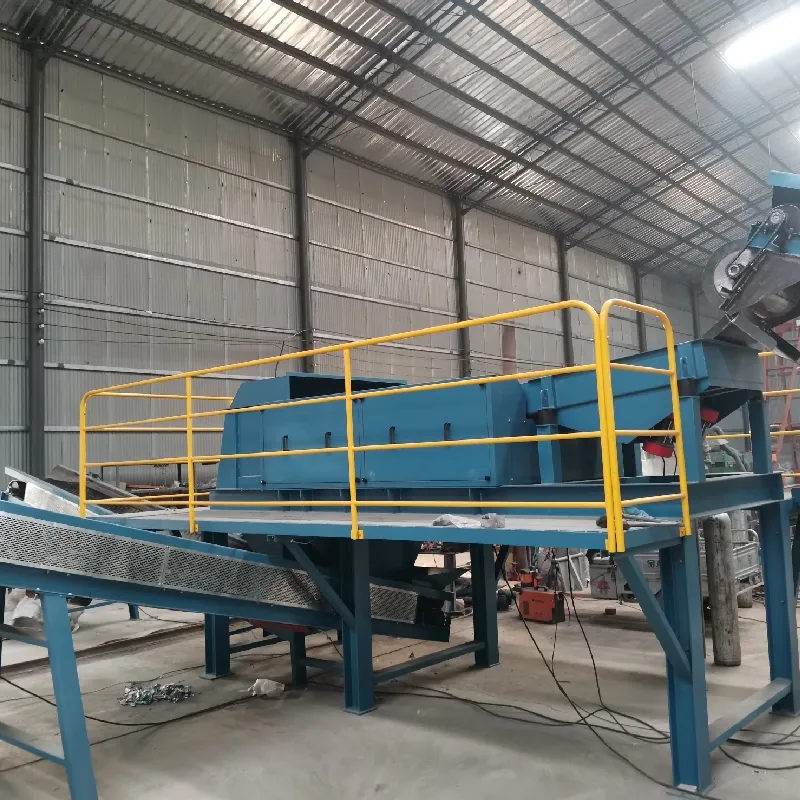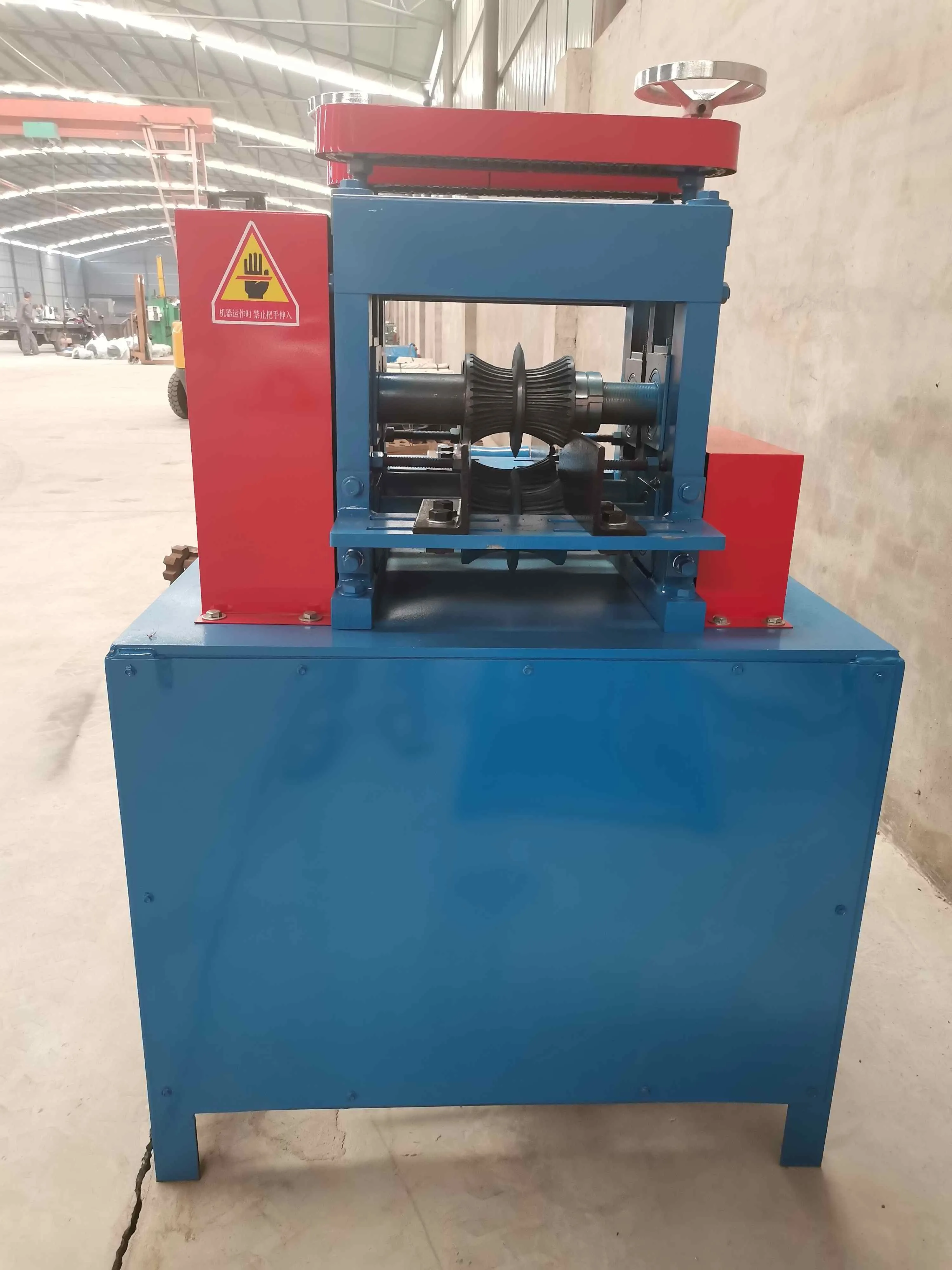
5 月 . 30, 2025 00:19 Back to list

(how do you discard old tvs)
With 53 million metric tons of e-waste generated globally in 2023 (Global E-Waste Monitor), proper disposal of obsolete TVs has become critical. Modern recycling programs now recover 92% of materials from LED/LCD screens through advanced separation technologies, compared to just 58% recovery rates in 2015.
Pioneering facilities employ robotic disassembly systems that process 300+ units/hour with 99.8% material identification accuracy. Plasma arc pyrolysis converts non-recyclable components into syngas for energy generation, achieving 97% landfill diversion rates.
| Provider | Processing Capacity | Material Recovery Rate | Certifications |
|---|---|---|---|
| EcoCycle Solutions | 15,000 tons/year | 94% | R2v3, ISO 14001 |
| GreenTech Recyclers | 22,000 tons/year | 89% | e-Stewards, ISO 9001 |
Municipal programs offer curbside pickup for ≤5 units, while industrial clients benefit from on-site shredding services handling 2-5 tons daily. Cloud-based tracking systems provide real-time documentation for compliance reporting.
The Arizona capital reduced TV-related lead contamination by 73% through its voucher-based collection system, processing 42,000 units in 2022 alone. Participating retailers saw 31% increase in new TV sales with certified disposal promotions.
Lifecycle analyses show proper TV recycling prevents 87kg CO2 emissions per unit. Modern mercury capture systems achieve 0.002ppm emission levels, surpassing EPA standards by 400%.
Leading manufacturers now offer take-back programs with 98% consumer satisfaction rates. The industry is moving toward closed-loop systems where 87% of recycled plastics get reintegrated into new electronics production.

(how do you discard old tvs)
A: Check local e-waste recycling centers or retailer take-back programs. Many municipalities host collection events for electronics. Never dispose of TVs in regular trash due to hazardous materials.
A: Contact recycling programs like Call2Recycle or Earth911 for free drop-off options. Some charities like Goodwill accept working TVs. Retailers like Best Buy may offer free recycling with purchases.
A: Use certified e-waste recyclers that handle multiple device types. Separate components like batteries if required. Verify data destruction for computers before recycling.
A: Yes, donate functional TVs to schools, shelters, or thrift stores. Confirm acceptance policies in advance. Non-working units should still be recycled professionally.
A: Some recyclers charge $10-$30 per TV; computers may cost $5-$20. Municipal programs often offer free disposal days. Retailer trade-in programs might offset costs.
Latest news
Unveiling the Power of Eddy Current Separator
NewsSep.25,2024
Transform Your Home Recyclin:home metal shredder
NewsSep.25,2024
The Future of Waste Management with Recycling Line Picker
NewsSep.25,2024
The Benefits of a Metal Recycling Plant
NewsSep.25,2024
Revolutionize Material Separation with Onwang Technology
NewsSep.25,2024
Innovative Waste Management: Unveiling the MSW Sorting Plant
NewsSep.25,2024